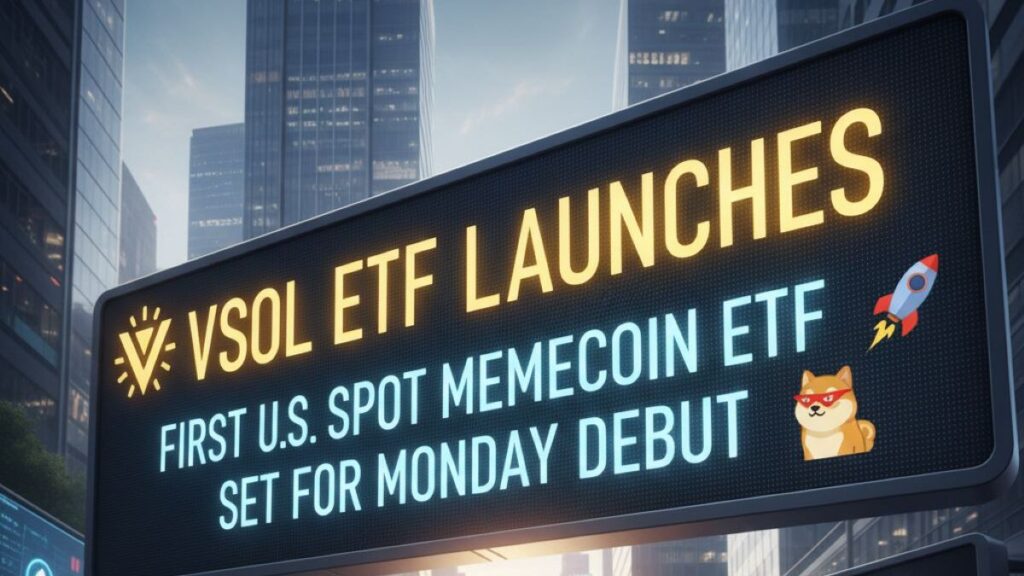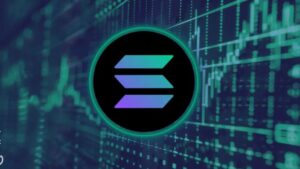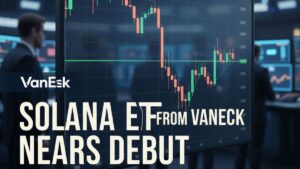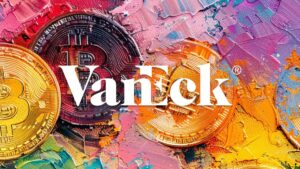TL;DR:
- VanEck launches VSOL ETF for Solana exposure as a spot memecoin ETF heads for U.S. debut.
- These ETFs extend crypto access but face early challenges like tracking performance and liquidity.
- The dual launch signals a broader regulatory embrace of crypto beyond major coins, changing market structure.
Global asset manager VanEck has launched its VSOL ETF, a new product aimed at tracking Solana’s SOL token, while U.S. regulators prepare the debut of the first spot memecoin ETF on Monday. These moves mark a significant step toward broadening crypto investment vehicles. Investors now face new choices beyond Bitcoin and Ethereum, and market watchers say the timing reflects growing institutional acceptance. With new ETFs entering the marketplace, the investment narrative around digital assets becomes increasingly diversified.
https://twitter.com/EricBalchunas/status/1990457912431452493
New ETFs Expand Market Access and Raise Questions
The rollout of VSOL gives investors direct exposure to Solana by offering a regulated ETF alternative to buying SOL outright. VanEck says the product will appeal to long-term holders and institutions seeking diversified crypto access. Simultaneously, the upcoming spot memecoin ETF caters to those looking to invest in meme-token ecosystems under a regulated framework. This dual launch strategy underlines the changing infrastructure of crypto finance, where regulated investment vehicles are closing the gap to retail trust.
Analysts caution that ETF launches don’t guarantee market performance. Despite the fanfare, new funds often face initial hurdles, such as liquidity challenges and tracking inefficiencies. For example, Solana’s recent volatility may test VSOL’s ability to maintain its correlation with SOL’s underlying price. The memecoin ETF must also navigate heightened speculation and regulatory view on meme tokens. Investors must watch key metrics such as inflows, expense ratios and how quickly ETFs track their benchmarks.
Beyond technical execution, these launches signal a shift in how regulators and asset managers view crypto’s maturity. The fact that both a SOL-based fund and a memecoin vehicle receive approval suggests that the industry is embracing broader token classes rather than focusing exclusively on major coins. For institutional players, the availability of these ETFs may reduce barriers to entry by offering regulated exposure. For retail investors, this expansion raises questions about risk controls, fund transparency and market timing.
With the market set to welcome two new ETFs, investors and analysts alike are watching closely. The success of VSOL and the memecoin ETF may determine how quickly digital assets become embedded in mainstream portfolios. In the meantime, early participation may favour those who understand the underlying token ecosystems, not just the headline launch.











